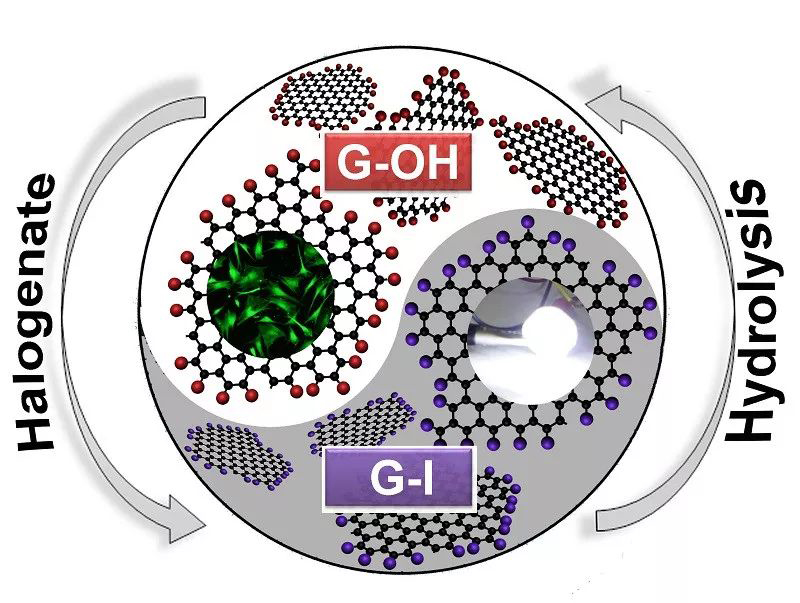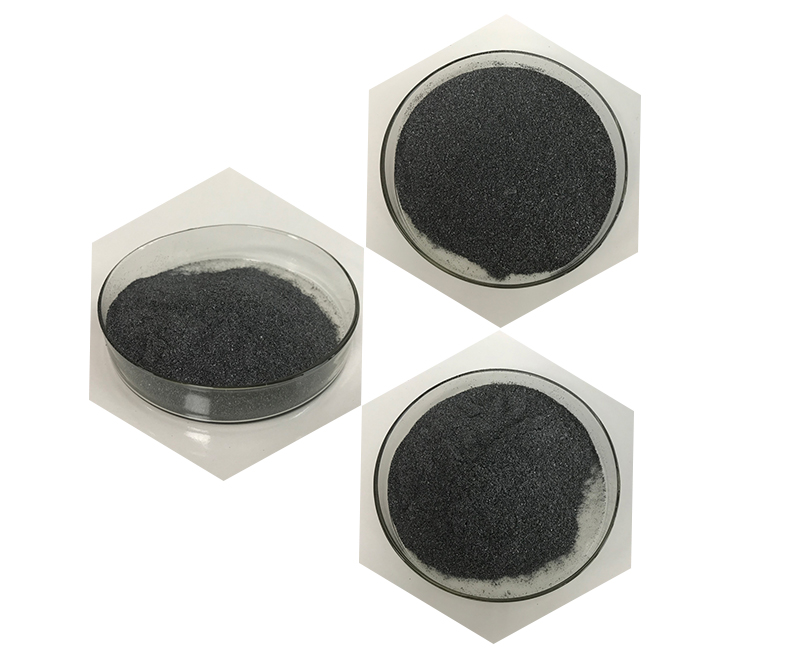Graphene is a single layer of carbon atoms arranged in a hexagonal lattice, and it has gained significant attention in the field of materials science and nanotechnology due to its unique properties. Here’s a brief overview of some key aspects of graphene research:
1.Structure and Properties:
Atomic Structure: Graphene consists of a single layer of carbon atoms arranged in a hexagonal lattice, forming a two-dimensional (2D) structure.
Conductivity: Graphene exhibits exceptional electrical conductivity, making it a promising material for electronic applications.
Mechanical Strength: It is incredibly strong and flexible, with high mechanical strength.
2.Synthesis Methods:
Mechanical Exfoliation: The Nobel Prize-winning method involves using adhesive tape to peel off layers of graphene from graphite.
Chemical Vapor Deposition (CVD): This method involves growing graphene on a substrate using gases like methane.

3.Applications:
Electronics: Graphene is high conductivity makes it suitable for applications in electronic devices, such as transistors and conductive films.
Energy Storage: Graphene-based materials are explored for use in batteries and supercapacitors due to their high surface area and conductivity.
Sensors: Graphene-based sensors are being developed for detecting various substances with high sensitivity.
Materials Reinforcement: It is used to reinforce other materials, enhancing their mechanical and thermal properties.
4.Challenges and Research Areas:
Scalable Production: Developing scalable and cost-effective methods for large-scale graphene production is a significant challenge.
Integration with Other Materials: Integration with existing materials and processes in various industries.
Standardization and Regulations: Establishing standards for graphene-based products and addressing regulatory concerns.

5.Future Prospects:
Medical Applications: Research is ongoing for graphene’s use in medical imaging, drug delivery, and bio-sensing.
Flexible Electronics: Exploration of graphene’s flexibility for use in flexible and wearable electronic devices.
Environmental Applications: Graphene-based materials are being investigated for water purification and environmental remediation.
6.Global Research Collaborations:
Graphene research involves collaboration among scientists and researchers worldwide, contributing to a global pool of knowledge.
Graphene’s unique properties and versatile applications make it a subject of continued research and exploration in various scientific and industrial fields.
